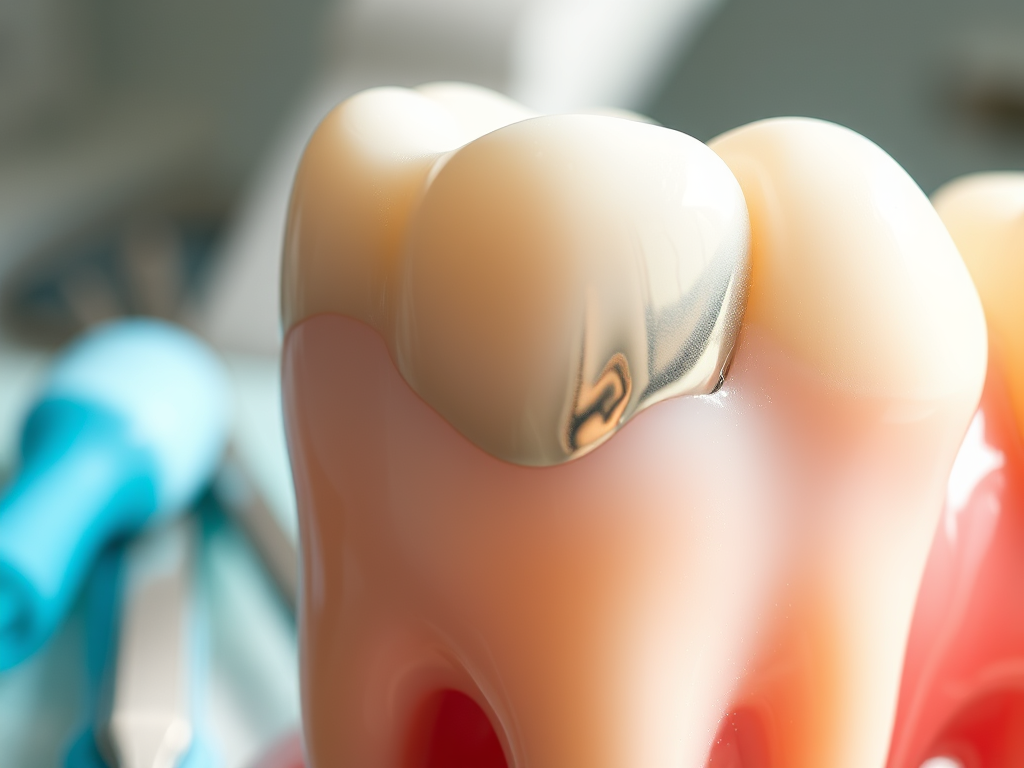Mercury is the only common metal that is a liquid at ordinary temperatures. It is an element of our periodic table and is studied by every science and chemistry student in our elementary, secondary, and college environments.
Mercury is used for a number of things: from immunizations and thermometers to silver fillings in our teeth.
A silver filling is comprised of a number of different metals all combined into a powdery form. Mercury is used to “amalgamate” the powder form of the metals into a form that can be compressed into a tooth to fill a cavity. As the amalgam filling is compressed into the tooth, much of the mercury rises to the top and is scraped away and discarded.
Scientists have noticed an increasing concentration of mercury in our bodies as they study blood samples of Americans. It is believed that the increasing concentrations of mercury in our blood samples is due to mercurial waste dumped into rivers and lakes. Mercury finds its way into fish, which we eat. The mercury in the fish is then introduced to our body. Mercury is not easily removed from our body as it accumulates in our fatty tissues. It is considered cumulative, meaning it is not lost and replenished. Rather, it is stored and remains.
Many believe that manufacturing and industry waste is mostly responsible for the increased mercury in the lakes, fish, and humans. But government and scientists have also questioned whether dentistry contributes significantly to the problem.
The Environmental Protection Agency (EPA) has required amalgam separating devices for some states. These devices separate mercury from the normal plumbing waste that comes from a dental office. In our state, Weber county has mandated that dental offices have amalgam separators.
This past year, as we redesigned our office, we took into account the scientific and environmental impact issues and trends in dentistry surrounding mercury. In June, 2010 we installed an amalgam separator into the plumbing system of our office. We feel confident that we are ahead of the curve in Davis County for safety.
One interesting thing to consider: Silver fillings were the primary material for decades. In the 1990’s composite resins (white fillings) improved to the point that they began to replace silver fillings. The percentage of silver fillings placed in the United States has decreased significantly, at the same time that mercury levels have increased in our water supplies. This is why I personally question how silver fillings could be a source of the increasing mercury found in our environment. Eventually the time may arrive that silver fillings will be rare in the United States.
Due to the questions surrounding mercury, we have made a conscious decision in our office to no longer place silver fillings. We offer composite resin, porcelain, and gold as restorative options for your teeth. It is our goal to provide the best materials, techniques, and care possible to you. I am sure you will notice!

